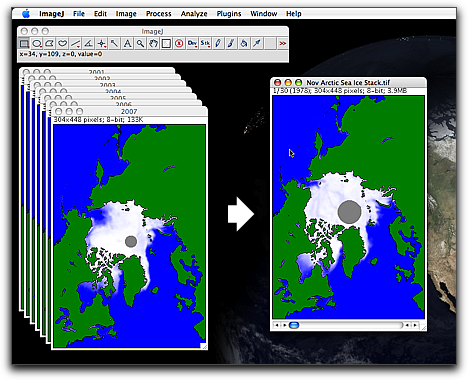

In 2005 it switched to a larger 70-90 seat category. In 2004 MHI was focused on a 2m high by 2.8m-wide, four-seat-abreast cabin, seating 30 to 50 passengers, and was hoping to fly a prototype in 2007 and deliver the first aircraft in 2010. In 2003 the Japanese government started a five-year, ¥50 billion ($420 million) research program to study an indigenous regional jet for 30 to 90 passengers, led by Mitsubishi Heavy Industries (MHI). It was comparable with the Embraer E-Jet E2 family.ĭevelopment Launch The Pratt & Whitney PW1000G geared turbofan The MRJ70 was replaced by the SpaceJet M100, stretched by 1.1 m (3 ft 7 in) to better meet US scope clauses at 76 seats with premium seating. The M90 (originally named MRJ90) was to seat 86 to 96, while the smaller MRJ70 was to accommodate 70 to 80 passengers. The low-wing twinjet was powered by underwing Pratt & Whitney PW1000Gs, and was the first program to select the geared turbofan. The airframe was made mainly in aluminium with a carbon fibre composite empennage.


In June 2019, Mitsubishi rebranded the Mitsubishi Regional Jet ( MRJ, Japanese: 三菱リージョナルジェット) program as the SpaceJet.Īs flight testing took longer than expected, the scheduled entry into service was further pushed back until development was first paused in October 2020, and subsequently cancelled altogether in February 2023. After a delayed development, the maiden flight of the MRJ90 took place on 11 November 2015. MHI first announced the concept in June 2007, then targeting certification for 2012, as the first Japanese airliner since the 1962 NAMC YS-11. The Mitsubishi SpaceJet ( Japanese: 三菱スペースジェット, originally named Mitsubishi Regional Jet) was a regional jet project by Japanese company Mitsubishi Aircraft Corporation (MAC), a Mitsubishi Heavy Industries (MHI) subsidiary.


 0 kommentar(er)
0 kommentar(er)
